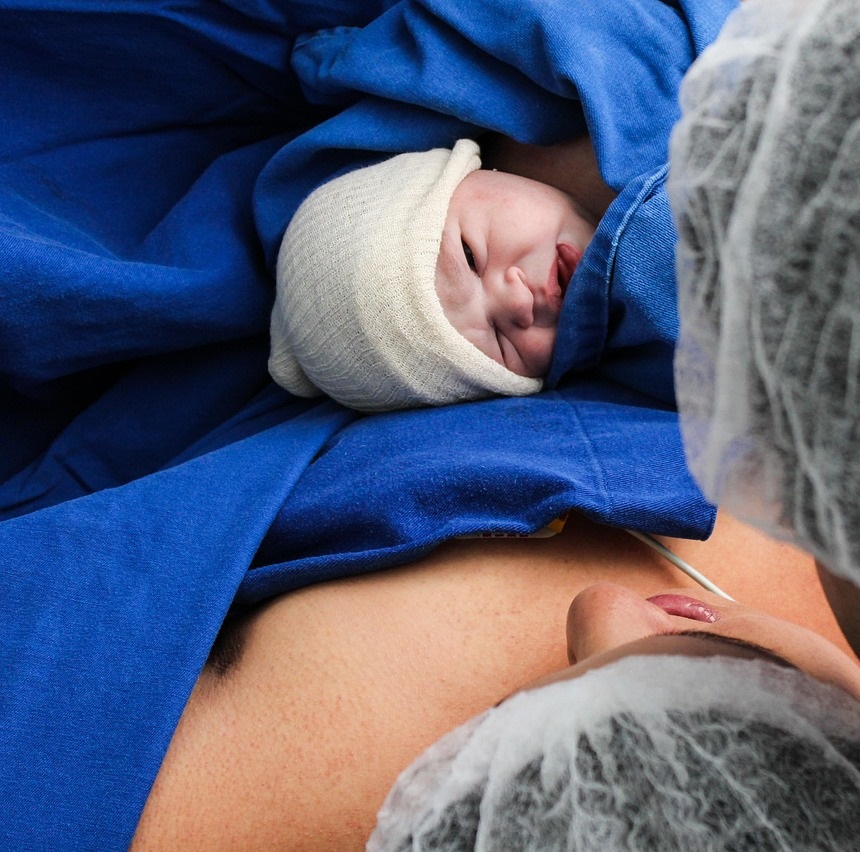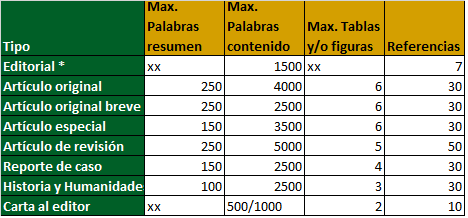Research on labor pain: a bibliometric analysis of Latin American contributions, 2011–2021
DOI:
https://doi.org/10.37711/rpcs.2025.7.2.3Keywords:
bibliometrics, gynecology, obstetrics, labor pain, Latin AmericaAbstract
Objective. To analyze the scientific production on labor pain in Latin America. Methods. A bibliometric analysis was conducted using the PubMed, Scopus, and Virtual Health Library databases. Articles published between January 2011 and December 2021 were collected,
identifying the frequency and type of publications, temporal distribution, and main contributing
countries. Results. A total of 731 scientific articles related to labor pain were reviewed. Original articles constituted the majority of publications across all databases. Brazil, Colombia, and Chile emerged as the leading contributors in the region. The temporal distribution of publications revealed fluctuations, with a notable increase in 2019. Conclusions. Research on this topic remains limited across the region, underscoring the need to foster greater collaboration and funding to address this issue more broadly and equitably
Downloads
References
1. American Society of Anesthesiologists Task Force on Chronic Pain Management, American Society of Regional Anesthesia and Pain Medicine. Practice guidelines for chronic pain management: an updated report by the American Society of Anesthesiologists Task Force on Chronic Pain Management and the American Society of Regional Anesthesia and Pain Medicine. Anesthesiology [Internet]. 2010 [Consultado el 3 de marzo de 2024];112(4):810-33. https://doi.org/10.1097/aln.0b013e3181c43103
2. Valencia Sarmiento KV, León Mejía BD, Hernández Jiménez S, Castaño Vélez Y. Vivencias del padre al acompañar el trabajo de parto, parto y puerperio, Pereira, Colombia. Revista Salud Bosque [Internet]. 10 de febrero de 2024 [Consultado el 3 de marzo de 2024];13(1):1-12. https://doi.org/10.18270/rsb.v13i1.4397
3. Shnol H, Paul N, Belfer I. Labor pain mechanisms. Int Anesth Clin. [Internet]. 2014 [Consultado el 3 de marzo de 2024];52(3):1-17. doi: 10.1097/AIA.0000000000000019
4. Landau R, Kraft J. Pharmacogenetics in obstetric anesthesia. Curr Opin Anaesthesiol. [Internet]. 2010 [Consultado el 3 de marzo de 2024];23(3):323-9. Disponible en: https://doi.org/10.1097/aco.0b013e328339802c
5. Koyyalamudi V, Sidhu G, Cornett E, Nguyen V, Labrie-Brown C, Fox C, et al. New Labor Pain Treatment Options. Curr Pain Headache Rep. [Internet]. 2016 [Consultado el 3 de marzo de 2024];20(11). https://doi.org/10.1007/s11916-016-0543-2
6. Flores-Fernandez C, Aguilera-Eguia R. Indicadores bibliométricos y su importancia en la investigación clínica. ¿Por qué conocerlos? Rev Soc Esp Dolor [Internet]. 2019 [Consultado el 3 de marzo de 2024];26(5):315-6. https://dx.doi.org/10.20986/resed.2018.3659/2018
7. Öztürk O, Kocaman R, Kanbach DK. How to design bibliometric research: an overview and a framework proposal. Rev Manag Sci. [Internet]. 2024 [Consultado el 25 de marzo de 2024];18: 3333-61. https://doi.org/10.1007/s11846-024-00738-0
8. Schotten M, Aisatti M, Meester WJN, Steiginga S, Ross C. A brief history of Scopus: The world’s largest abstract and citation database of scientifc literature. En: Boosting University Productivity and Competitiveness through Scientometrics [Internet]. New York: Auerbach Publications; 2017. p. 31-58.Disponible en: https://doi.org/10.1201/9781315155890
9. Monroy SE, Diaz H. Time series-based bibliometric analysis of the dynamics of scientifc production. Scientometrics [Internet]. 2018 [Consultado el 25 de marzo de 2024];115(2018): 1139- 1159. https://doi.org/10.1007/s11192-018-2728-4
10. Yu K, Ding Z, Yang J, Han X, Li T, Miao H. Bibliometric Analysis on Global Analgesia in Labor from 2002 to 2021. J Pain Res.
[Internet]. 2023 [Consultado el 25 de marzo de 2024];16:1999- 2013. https://doi.org/10.2147/JPR.S416142
11. Zheng H, Zheng B-X, Lin X-M. The Trend of Labor Analgesia in the World and China: A Bibliometric Analysis of Publications in
Recent 30 Years. J Pain Res. [Internet]. 2020 [Consultado el 25 de marzo de 2024];13:517-26. https://doi.org/10.2147/JPR.S232132
12. Barcellos de Souza J, Grossman E, Navas Perissinotti DM, De Oliveira Junior JO, Barreiros da Fonseca PR, Poso I. Prevalence of Chronic Pain, Treatments, Perception, and Interference on Life Activities: Brazilian Population-Based Survey. Pain Res Manag. [Internet]. 2017 [Consultado el 25 de marzo de 2024];4643830. https://doi.org/10.1155/2017/4643830
13. Organización Mundial de la Salud. COVID-19: Cronología de la actuación de la OMS [Internet]. Ginebra: OMS; 27 de abril de 2020 [Consultado el 25 de septiembre de 2024]. Disponible en: https://www.who.int/es/news/item/27-04-2020-whotimeline---covid-19
14. Alderete G, Ferreira H, Ouchi Franca A, Contiero AP, Zilly A, Munhak da Silva RM. Repercusiones de la pandemia de COVID-19 en la atención a las mujeres durante el trabajo de parto y el parto: estudio transversal. Cogitare Enferm. [Internet]. 2023 [Consultado el 25 de septiembre de 2024];28:e91198. http://dx.doi.org/10.1590/ce.v28i0.91198
15. Xiao Y, Tao Y, Hu Y, Liao Z. Global research trends in labor analgesia: A bibliometric analysis from 2013 to 2023. Heliyon [Internet]. 2024 [Consultado el 25 de septiembre de 2024];10(17):e36960. https://doi.org/10.1016/j.heliyon.2024.e36960

Downloads
Published
Issue
Section
License
Copyright (c) 2025 Jhony Alejandro Díaz-Vallejo

This work is licensed under a Creative Commons Attribution 4.0 International License.





















